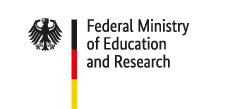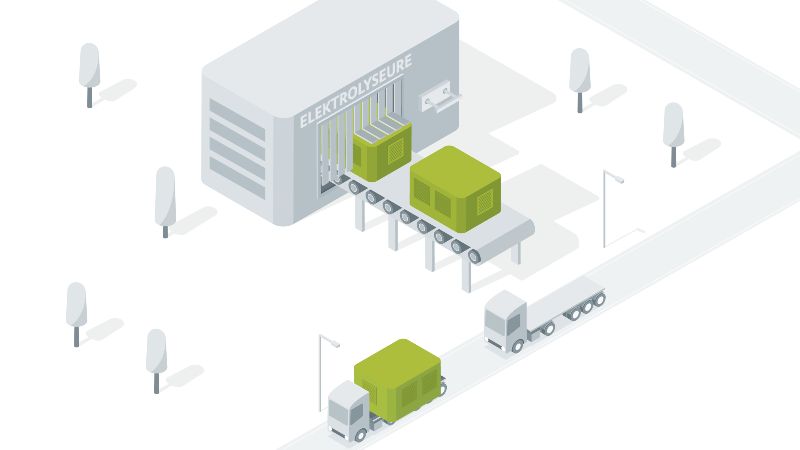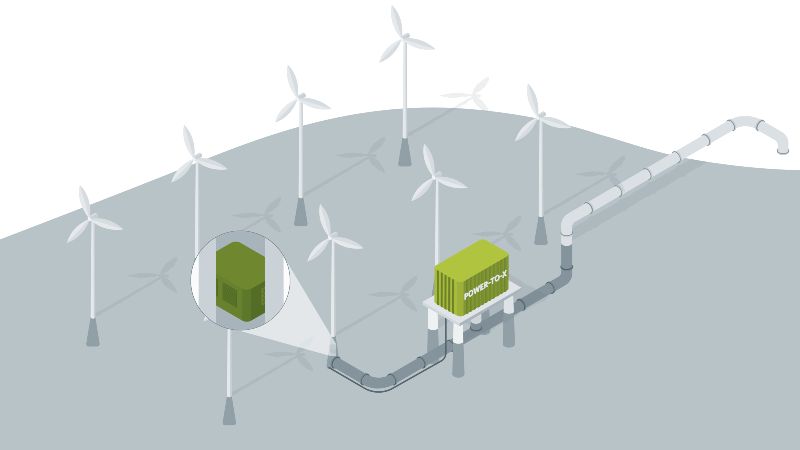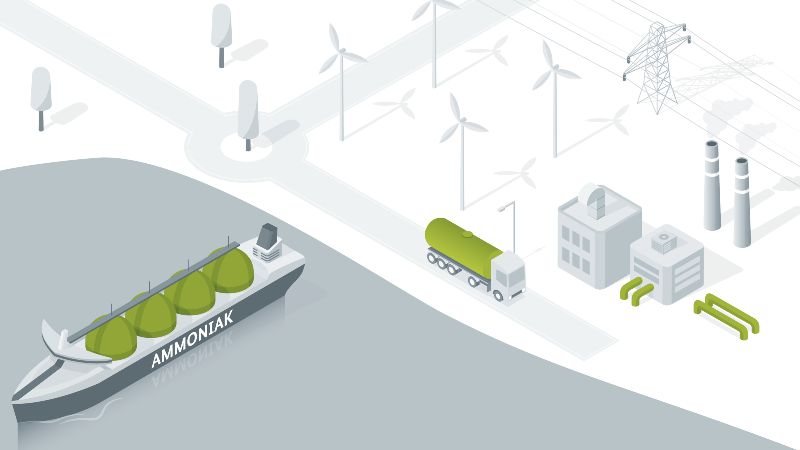Flagship projects
How the hydrogen flagship projects are supporting Germany’s entry into the hydrogen economy
The three hydrogen flagship projects represent an important contribution by the Federal Ministry of Education and Research (BMBF) to establishing the National Hydrogen Strategy. Taken as a whole, they form the BMBF’s largest funding initiative in the field of the energy transition. They provide a crucial stimulus for Germany’s entry into the hydrogen economy.
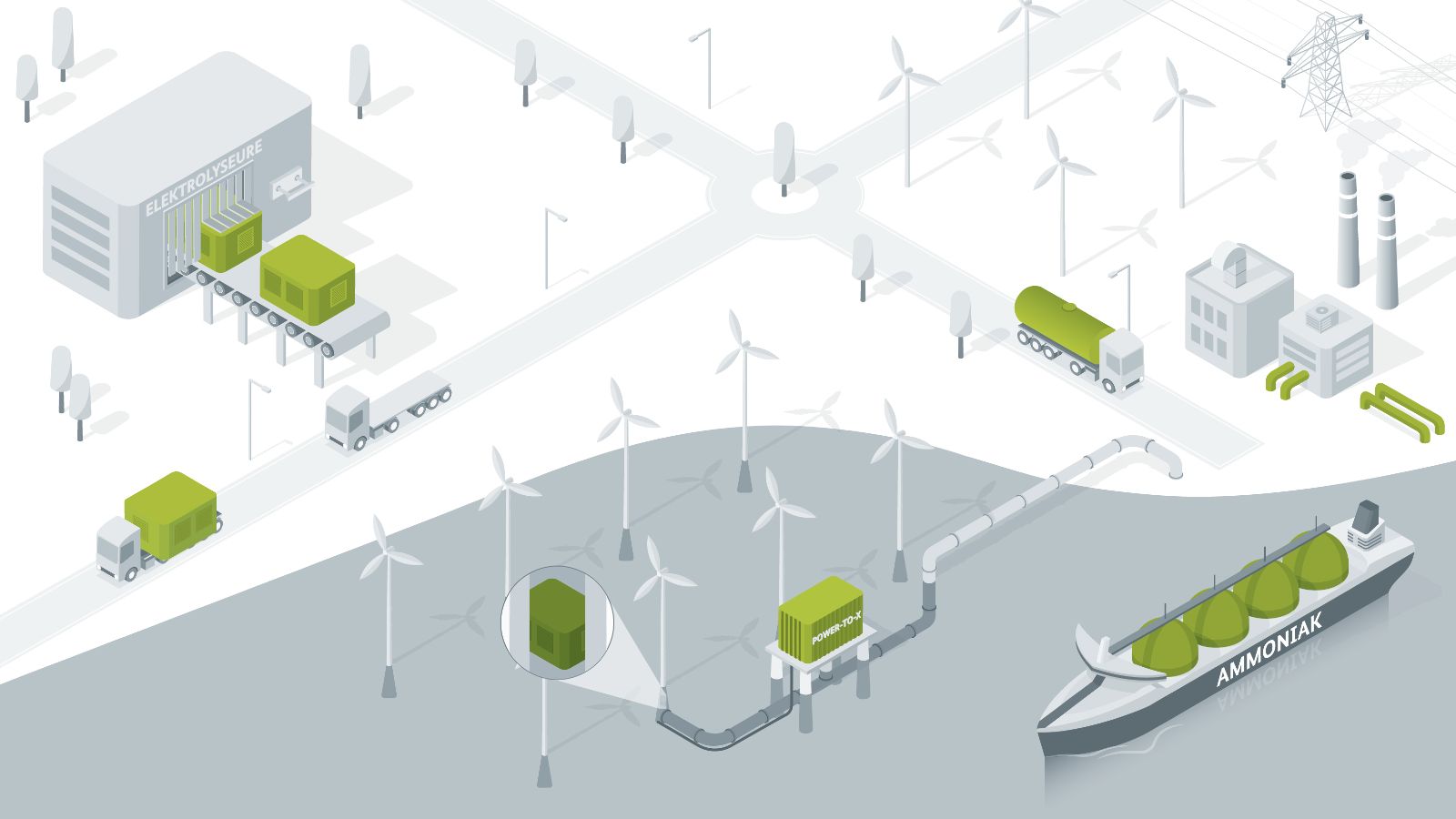
Technologies for the production, transport, and use of green hydrogen harbour major potential for the German economy. Moreover, they offer opportunities to make the sectors causing the most damage on the climate (industry, transport, and heating supply) more environmentally friendly.
The hydrogen flagship projects resulted from an ideas competition that invited science, industry, and civil society to submit ideas for large-scale hydrogen projects.
The hydrogen flagship projects will comprehensively develop hydrogen technologies in three central areas over a period of four years:
- The H2Giga project focuses on the series production and scale-up of water electrolysers.
- The H2Mare project researches possibilities for producing hydrogen and its secondary products offshore using wind turbines.
- The TransHyDE project develops, evaluates, and demonstrates hydrogen transport technologies.
